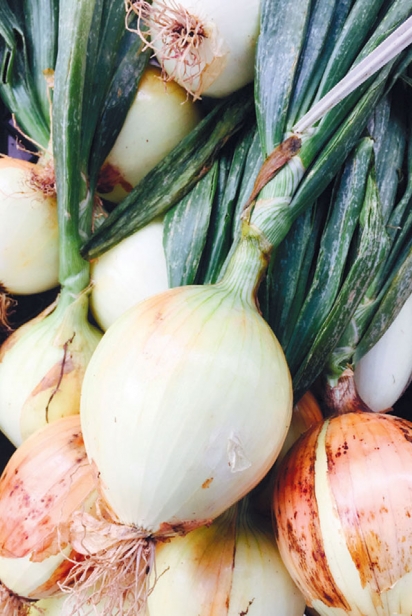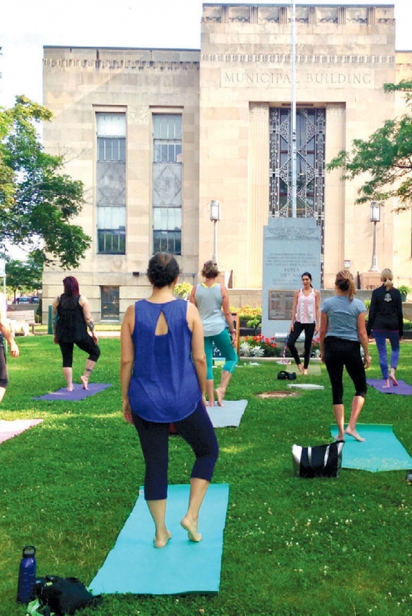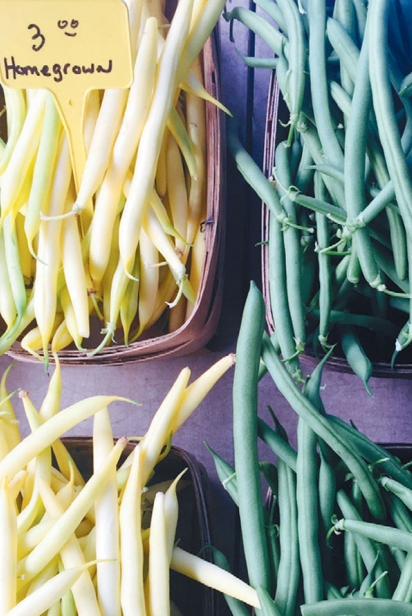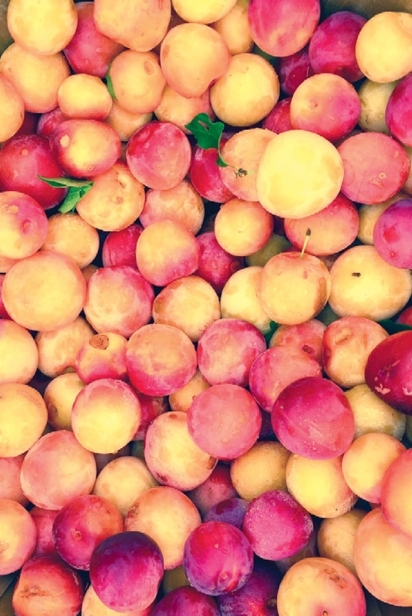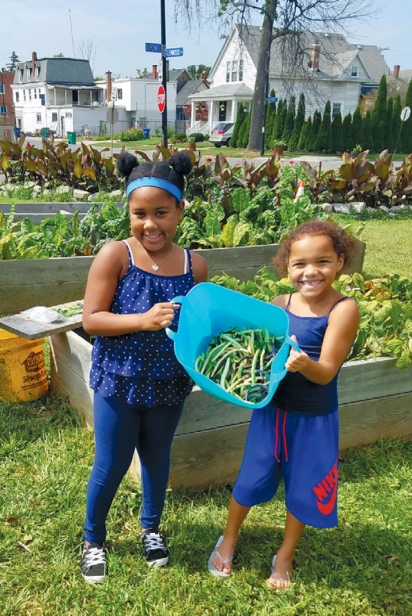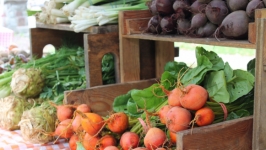The Heart of the Market
Enduring through change and challenge
Countless attributes merge to form the unique face of each farmers’ market. While evolving to meet the diverse and changing needs of a particular population, the bright soul of the market steadily remains the same. At its core, you will most always find guiding principles of community and wellness.
These two themes led me to grow and manage our village’s farmers’ market in Kenmore, NY. Residing less than a block from the market site, my young family celebrates the idea of a walkable neighborhood with communal gathering space, which naturally cultivates a connection to those around us. Teaching our little ones about the regional landscape and the nutritionally rich fruit it bears, forging relationships with local producers who work the soil with compassion and intuition and bridging the gap between source and consumer—these ideals drew me to the position and asked me to root deeper into my sense of place. Surrounded by outdoor sunshine, yoga on the municipal green and babies happily dancing the morning away to live music, we do some pretty amazing work. Markets across WNY strive to create weekly wellness hubs, while spreading awareness about the inherent value of the local food system.
It’s no secret that farmers’ markets shape the culture and social identity of an area in an incredibly positive way. The farm-to-table movement embodies the market’s first mission: direct, intimate access to a healthy food source. By knowing where our food comes from and creating space for consumer/producer interactions, we address the market’s second mission: education. Farmers’ markets are ideal platforms for conversations about healthy eating, food freshness/ peak nutritional value, seasonality, the significance of open-pollinated fruits and vegetables and the preservation of family farms.
Despite their obvious contribution to the areas they service, markets quite often struggle to engage the public. One obstacle is competition from larger grocery stores, which feature colorful produce sections and natural products with high budget farmstand-esque displays, and which also benefit from near constant consumer access. On the other end of the spectrum, some communities have severely limited access to fresh fruits and vegetables and may not fully realize their importance. In spite of minimal funding and scarce managerial support, we promote our local farmers’ markets as invaluable weekly destinations where we are building healthy, happy communities—and having fun doing it. When reflecting on her reasons for founding the Williamsville Farmers’ Market, Lynn Schwab captures the essence of shopping close to home from local growers and makers.
“Markets are a gathering place for people to share their love of local food, ideas, news and joy,” she says. “They bring out a different kind of energy. That energy has legs. The market experience is talked about at one’s dinner table, which makes sense since the food that’s cooked up was purchased at the market. People stop to talk and linger at markets, unlike the eagerness to get in and out of a grocery store.”
There is something special about meeting the farmer who grows your food, the baker who bakes your bread, or the beekeeper who tends the hive that produces your honey. These exchanges manifest a unique food-buying experience reminiscent of simpler times. Consumers are able to shake hands, give feedback, ask questions. Producers are able to gain business insight, educate on process and product, share aspects of their passion and livelihood—not with big corporate entities, but with those who bring these goods directly into their homes to nourish their families.
Linnea Carlson, manager of the Jamestown Public Market, believes that a market should revolve around this collaborative relationship between a community and its food producers.
“[Farmers and vendors] are the experts,” she explains. “The market is a celebration of their hard work.”
In Jamestown, they’re successfully offering demonstrations and sharing recipes using fruits and veggies harvested from week to week, which invites guests to authentically connect with the fleeting nature of the season. In addition to teaching through the Eat Smart New York Program, foodies from the community, along with local chefs, source fresh ingredients from participating vendors to create simple dishes—all while informing the public on ingredients, origin (the farmer across the aisle), food preparation and health benefits of the final product. They are effectively catering to a growing demand for consumer convenience, while highlighting regionally grown crops. When exceptional food is right in front of you and you are taught how to use it and why, sustainable consumption becomes that much easier.
Modern farmers like Allison DeHonney of Urban Fruits and Veggies, LLC (UFV), are finding innovative ways to reach into micro communities and meet people where they are. DeHonney spearheads an urban farm on Buffalo’s east side, including a mobile produce market that reaches into food deserts (areas with high levels of food insecurity), providing access to healthy produce and nutrition education. Because the raised-bed farm is located within the neighborhood it serves, harvesting happens immediately prior to events. It is completely possible for produce to exchange hands within an hour. In an age where food is shipped across the globe and ripened artificially, the benefits of eating lovingly-tended food at peak freshness, flavor and nutrition are unparalleled.
UFV has also teamed up with the Community Health Center of Buffalo to offer a food prescription program (FVRx). DeHonney works closely with medical professionals to bring her locally grown, healthy options to patients in need. An essential part of her mission as an urban farm and mobile market revolves around “helping consumers understand the direct correlation between food choices and diabetes, high blood pressure, obesity and cardiovascular complications”—widespread issues that stand to be remedied by proper nutrition and a consistent whole foods diet.
Farmers’ markets foster common ground and give families a reason to linger by appealing to a variety of consumers seeking guest artisans, specialty vendors, live music and children’s programming. And yet, in fulfilling a market’s purpose of nurturing space for community and wellness to blossom, outreach initiatives must go a step further to highlight not only the products and the producers, but also the intrinsic value of supporting the growers and the market that hosts them—clearly benefiting the local food system and small business economy. It is not at all an easy undertaking, but when achieved, the ripple effect is dazzling.



